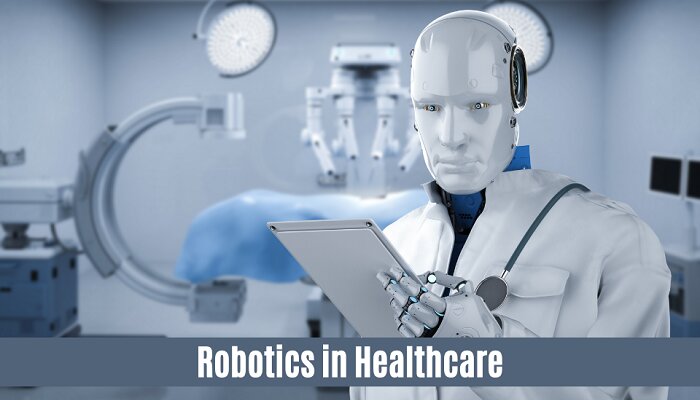Robotics as well as automation have long been heralded as the future when it comes to healthcare, and today, that future has gone on to become a reality. Integration when it comes to these technologies is not just enhancing the precision, safety, as well as efficiency of medical procedures and also patient care but is also addressing challenges of healthcare costs that are rising, shortages in the workforce, as well as financial sustainability.
Revolutionizing Healthcare: Automation Happens to Be at the Forefront
As healthcare organizations throughout the U.S go ahead to prioritize digital transformation, robotics and automation solutions are set to take the center stage. Over 60% of respondents in a recent Huron survey went on to cite security along with compliance as their top priorities, with patient-centric criteria going ahead and guiding digital investments. Instances of these solutions go on to include service robots as well as collaborative robots, which happen to already be making an impressive impact in the healthcare industry.
Pharmaceuticals: Research, Development, as well as Growth
The pharmaceutical sector happens to be experiencing rapid growth, pushed by research and development. Digital transformation happens to be playing a crucial role when it comes to pharmaceutical operations, with robotics along with automation going ahead, streamlining processes, and also increasing efficiency. Blending robotics with machine vision happens to be further advancing healthcare, thereby helping more precise and accurate testing, production, along with patient care.
Challenges and Opportunities: Priorities becoming Balanced
In spite of the clear benefits, executing these technologies is sans challenges. High costs as well as the requirement for comprehensive automation strategies, especially in nonclinical use cases, are indeed significant hurdles. Balancing elements like security, training, consumer needs, cost, and automation is critical when it comes to driving growth and elevating care delivery in healthcare organizations.
Taking into account the potential of robotics as well as automation in healthcare is not only about staying ahead of the curve; it is also about creating a medical care system that’s patient-centered, which in turn goes on to enhance disease prevention, diagnosis, as well as treatment. This requires partnerships between the state, medical as well as scientific organizations, and technology companies, as well as international collaborations.
Finally, the integration when it comes to robotics and automation within healthcare happens to be a testament to human ingenuity as well as the tireless pursuit of progress. As one continues to push the boundaries of what may be possible, there is no doubt at all that the future of healthcare looks plush than ever.


















